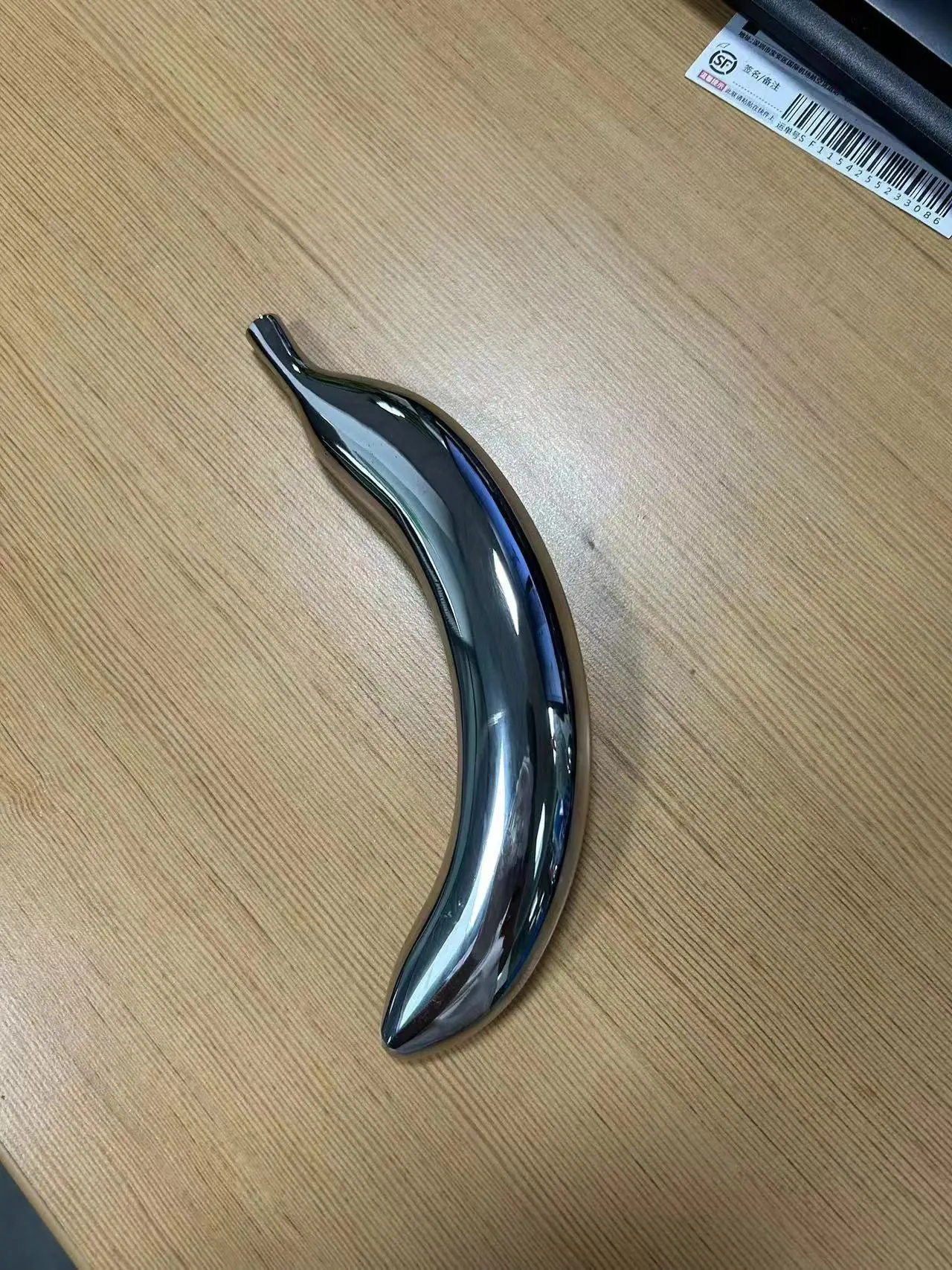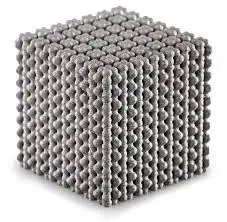Unlock Design Freedom: Your Comprehensive Guide to Your 3D Printed Hinge Box
Creating functional moving parts directly from a 3D printer seems like science fiction. Today, this is a reality that designers, engineers and hobbyists can access. The most practical and fascinating application is the 3D printed hinge box. These are more than just containers; they are elegant solutions for secure storage, innovative packaging, custom fences and even unique works of art. However, achieving a smooth, reliable hinge requires careful design, precise manufacturing, and sometimes expertise. This guide explores the world of 3D printed hinge boxes, covering design principles, printing precautions, and the reasons why material selection is important.
Why 3D printing a hinge box? Enthusiastic advantages
Traditional manufacturing methods often complicate creating integrated hinges involving multiple parts, assembly steps and potential failure points. 3D printing completely changes this by enabling:
- True overall design: Print the box and It is a single integrated unit. This eliminates assembly, reduces part count, minimizes fault points (no pins or screws), and creates a seamless aesthetic.
- The geometric complexity released: Designing complex hinge mechanisms is impossible to mill or mold – Think variable thickness living hinges for complex knuckle designs that are closed or optimized for specific motion.
- Quick iteration and customization: Prototyping and perfecting design are very fast. Adjust the hinge clearance, box size or decorative elements in a few minutes and reprint. Ideal for custom single-use or tailored small batches.
- Functional integration: Easily combine the hinge with latches, locking mechanisms, mounting points, or internal compartments in a single printing.
Design for Successful Design: Key Considerations for Hinge Frames
Successful 3D printed hinges rely on meticulous design. Here is a breakdown of key factors:
Hinge type selection:
- Life Hinge: The material that connects the cover to the base (usually seen in plastic). Specific designs are required to avoid fatigue over time.
- Material: Ideal for flexible polymers (TPU, nylon, pp).
- Design: Radiation at the bottom of the hinge, proper thickness (thinner = softer, but weaker), long enough length is crucial. Avoid sharp turns.
- Pin/pivot hinges:
- Traditional: Individual pin hinges require the cap, base, hinge knuckles and pins to be printed separately and then assembled.
- Integration (printed as one): Clever design allows printing of hinge needles in Knuckles are printed on both the lid and the base – no assembly required! This requires precise tolerances and careful support for structural planning during the printing process.
- other: Butterfly Hinges, Continuous Hinges – Explore according to your functional and aesthetic needs.
- Life Hinge: The material that connects the cover to the base (usually seen in plastic). Specific designs are required to avoid fatigue over time.
Key dimension parameters:
- Clear/Gap: The space between moving parts is crucial.
- Hinge clearance: For pin hinges, the gap between the pin and hole must be just right. Too tight will bind the hinge; too loose will sway. Start with a gap of 0.2mm on each side (so the diameter is 0.4mm) and then adjust according to the material and printer accuracy. Including the gap between the knuckles themselves.
- Lid to base clearance rate: Make sure the lid has enough room to open/close without scratching the basic edges.
- Dangling and support: The hinge area (especially the closed pin area) usually requires a support structure. Design orientation and support strategies carefully to clean removal without damaging critical hinge surfaces. Advanced technologies such as NURBS modeling can create smoother curves that require less support.
- Clear/Gap: The space between moving parts is crucial.
- Materials are very important:
- Plastics (FDM, SLS): PLA, PETG, ABS, Nylon, TPU. FDM is accessible but affects the thinking layer lines of hinge movement. SLS (nylon) provides excellent strength and fatigue resistance to functional components. The TPU is flexible and perfect for living hinges, but lacks the rigidity of the box itself.
- Metal (SLM, DML): Stainless steel (316L), aluminum (Alsi10mg), titanium (Ti6al4v). For high stress, rigorous environments or advanced applications, metal 3D printing provides unparalleled strength, durability and heat resistance. Metals are essential for hinges that require a lot of load-bearing capacity or extreme life. This is where Precision SLM technology shines, creating an incredibly strong, integrated metal hinge directly from the digital model.
From File to Features: Printing and Postprocessing Journey
Printer and process selection: Meet your materials and details requirements.
- FDM: Perfect for prototypes, proof of concept or applications requiring less demand in plastics. Focus on advanced machines for details.
- SLS (Nylon): Ideal for strong, flexible plastic components (e.g., robust living hinges) that require complex geometry and good fatigue life.
- SLM/DML (Metal): Essential for high-performance metal boxes. Selective laser melting (SLM) fuses a fine metal powder layer with a high power laser. It offers excellent accuracy, strength and durability. This complex process requires professional-grade equipment and expertise to manage thermal stress and ensure partial integrity.
Directions and support: Orient the print to minimize the pressure on the hinge during printing and ensure that the support is placed in a position that does not blend to the critical hinge surface or is not removable.
- Post-processing is crucial:
- Support removal: Carefully remove the support, especially close to the delicate hinge features. Stain or medium (for plastic and metal) to clean the surface.
- The exquisiteness of tolerance: Metal hinges usually require precise machining (rotating) to achieve a perfect sliding effect.
- Surface finish: Polishing, anodizing (aluminum), electroplating, powder coating or electropolishing (stainless steel/titanium) greatly improves the appearance, corrosion resistance and can even reduce friction in moving parts.
- Assembly (if applicable): Insert pins for traditional designs.
Why Metal Is King Requires Hinge Box: SLM Advantages
Plastics have limitations for boxes exposed to mechanical stress, high temperatures, corrosive environments or require ultimate safety and life. Metal 3D printing, especially SLM, is essential:
- Extreme strength and durability: Metal hinges have significantly higher loads for durable and repeat cycles without fatigue or failure.
- Higher heat resistance: It will not deform or weaken at high temperatures where plastic fails.
- Excellent stiffness: Maintain structural integrity under load.
- Corrosion resistance: Stainless steel and titanium provide excellent protection.
- Precision and details: Professional SLM machines obtain the tight tolerances required for sophisticated details and perfect hinge functionality.
- Material range: From lightweight aluminum to strong stainless steel or biocompatible titanium, metals offer specific characteristics that are tailored to the application needs.
Production of reliable metal 3D printed hinge boxes requires advanced technology and expertise. Managing high-power lasers, optimal scanning strategies, precise thermal control, and understanding material behavior during melting and solidification is critical to prevent distortion, porosity, or residual stress, which can impair the function or life of the hinge. This level of refinedness is best known as experience Rapid prototyping Manufacturer.
Conclusion: 3D printing hinge engineering elegant
The 3D printed hinge box represents the perfect blend of functional design and manufacturing innovation. Whether it is a simple plastic storage container or a robust precision metal housing suitable for aerospace components, the possibilities are tremendous. The key to success is understanding the nuances of hinge design, respecting key tolerances, selecting the right materials for the environment and load, and utilizing the right printing technology.
For plastic prototypes or end-use parts under mild conditions, a desktop solution is sufficient. However, when your hinge frame requires uncompromising strength, durability, accuracy or must withstand harsh environments, Metal 3D is crucial through SLM technology. Quality to reach this level requires industrial-grade equipment and expertise – the field of professional partners.
Improve design with professional rapid prototyping
Bringing complex, high-performance hinge frame designs to life, especially in metal, requires more than just a printer. it takes Professional rapid prototyping Solution.
This is Great Good at it. As a leading rapid prototyping manufacturer, Greatlime Helnesses Advanced SLM 3D Printer Technology Plus deep production expertise. We focus on solving complexes Rapid prototyping of metal parts Effective challenge. From complex integrated hinge design Stainless steel, aluminum (ALSI10MG) or titanium (Ti6al4v)Our features ensure that your functional prototype or end-use parts meet the highest standards of accuracy and durability.
In addition to printing, Greglight provides comprehensive one-stop post-processing and completion services. Whether it is precisely machined to perfect hinge holes, smoothing surfaces through media blasting, applying protective coatings such as electropolishing or anodizing, we can handle all of them, not only providing functional parts, but also ready for production.
Most metal materials can be customized and processed to meet demanding schedules. For important accuracy, Greglight is one of the top rapid prototype companies in China.
Customize your precision metal rapid prototyping parts, including customizing complex hinged housings now at competitive prices.
FAQ: Answers to 3D printed hinge box
Q: What is the easiest way to start with a 3D printed hinge box?
A: Start with a simple living hinge design made using flexible TPU wires on the FDM printer. Many open source designs are available online. This is very useful for understanding bending behavior.
Q: Why did my plastic living hinge break after several uses?
Answer: Plastic living hinges are prone to fatigue failure. Common reasons include:
- Design: The bending radius is too clear, the length is insufficient or the thickness is incorrect.
- Ingredients: PLA is very crisp. Use more flexible materials such as TPU, PP or nylon.
- Print: Layer adhesion issues or printing directions cause weaknesses to laterally to bending directions.
Q: Can I 3D print a true functional hinge without any components?
Answer: Yes! Well-designed plastic living hinges (with the right materials) and cleverly integrated needle hinges printed in situ using technologies such as SLS or SLM can create full-featured hinges that require components. The integrated pin hinge design is particularly powerful in metal.
Q: How much clearance does 3D printing pin hinges require?
A: Start with approximately clearance 0.2mm per side (So the hole diameter should be ~0.4mm larger than the needle diameter). This is a good rule of thumb for FDM and SLS plastics. for Metal SLM printingtolerances may be tighter (down to ~0.05mm per side), but usually require post-processing to achieve optimal sliding. Always prototype and adjust to your specific printer and materials! The thickness of the layer also affects the achievable gap.
Q: Why choose metal 3D printing (SLM) as the hinge box on plastic?
A: Select metal SLM when needed:
- High strength and load bearing: For heavy cover or critical applications.
- Higher durability and fatigue life: For hinges, cycle thousands of times.
- Heat resistance: For components exposed to increased temperatures.
- Corrosion resistance: For harsh environments (e.g. medical, marine, chemistry).
- Enhanced security: Increases robustness to forced entry.
- Advanced Aesthetics: Metal look and high quality look.
Q: Does post-processing really need to be done on 3D printed hinges?
A: Almost always, yes. For plastic: Release the hinge and smooth surface for movement is crucial. For metal SLM parts: The disassembly support is complex, the surface is usually rough, which can improve mechanical properties. Professional finishing (processing, blasting, polishing, heat treatment, surface coating) is critical to achieving smooth hinge action, dimensional accuracy and the desired aesthetic/performance.
- Q: Can Greatlight handle complex internal functions in my hinge frame?
Answer: Absolutely! SLM technology is very good at producing complex internal geometries, lattice structures, conformal cooling channels (inside box walls), and integrated functions that are impossible in traditional manufacturing. This is a key advantage of optimizing weight, thermal management, or adding unique features.





